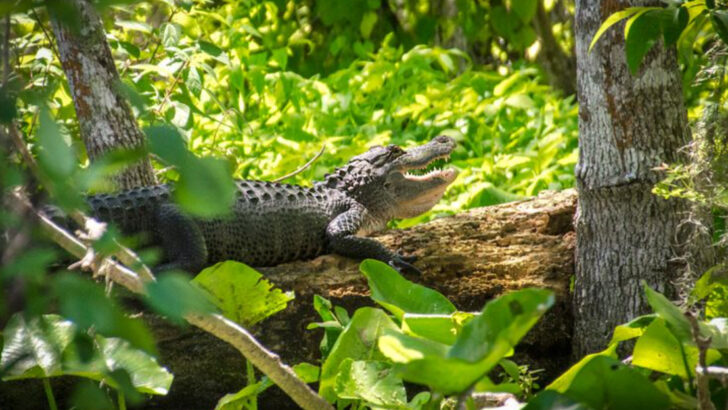Some rivers are more than just waterways—they’re hunting grounds.
Across the U.S., certain rivers and wetlands have become prime habitats for one of nature’s most patient predators. Silent, swift, and nearly invisible beneath the surface, these reptiles have perfected the art of lurking.
They bask on muddy shores, slip through reeds without a ripple, and vanish underwater in an instant. While many people imagine them confined to southern swamps, their presence extends much farther than expected.
Curious where these creatures are thriving? These 20 rivers and waterways are home to some of the largest populations, making them the last place you’d want to wade in without a second thought.
Everglades National Park
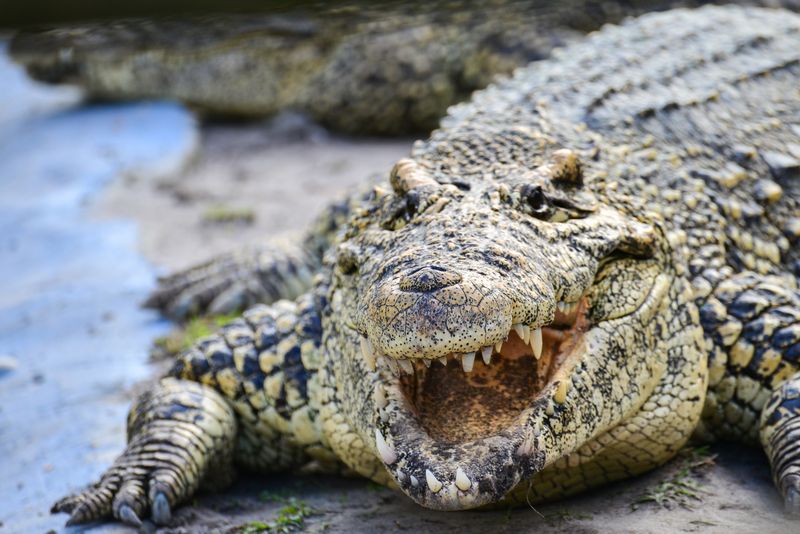
Everglades National Park is a haven for crocodiles, offering a vast expanse of marshland. The park’s tropical climate and diverse ecosystem create an ideal habitat. Visitors often glimpse crocodiles sunbathing on riverbanks.
The abundance of prey, such as fish and small mammals, ensures a healthy crocodile population. The park’s conservation efforts focus on protecting this delicate ecosystem.
Guided tours provide educational insights into the crocodiles’ role in the environment. Exploring the park responsibly is crucial to preserving its natural beauty.
Turkey Point, Miami
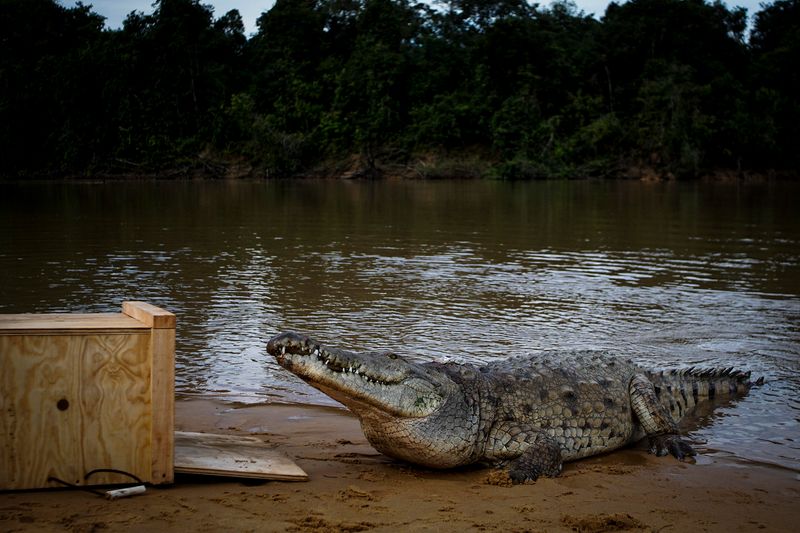
Turkey Point in Miami is home to a significant crocodile population. The region’s warm waters and mangrove-lined shores offer a perfect habitat. Crocodiles here are often spotted near power plant warm-water discharge areas.
This location is a prime example of wildlife coexisting with industrial structures. Miami’s commitment to conservation aids in maintaining these populations. The area’s unique ecosystem supports various bird species too.
Visitors should maintain a safe distance from crocodiles and observe them from designated viewing points. Respecting their space ensures a harmonious environment for all.
Biscayne Bay, Florida
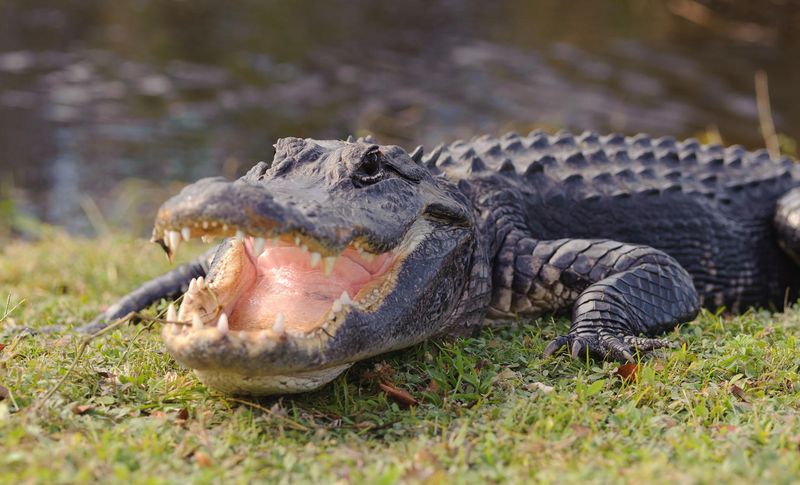
Biscayne Bay’s waters are a thriving ground for American crocodiles. The bay’s warm, brackish environment supports a diverse range of life. Crocodiles are commonly seen basking along the bay’s shores.
Efforts to protect this unique ecosystem have been successful, balancing human activity and wildlife preservation. The bay’s extensive network of mangroves provides essential cover and breeding areas.
Boating enthusiasts should be cautious, avoiding disruption to these habitats. Conservationists emphasize the importance of preserving Biscayne Bay for future generations.
Black Creek, Florida
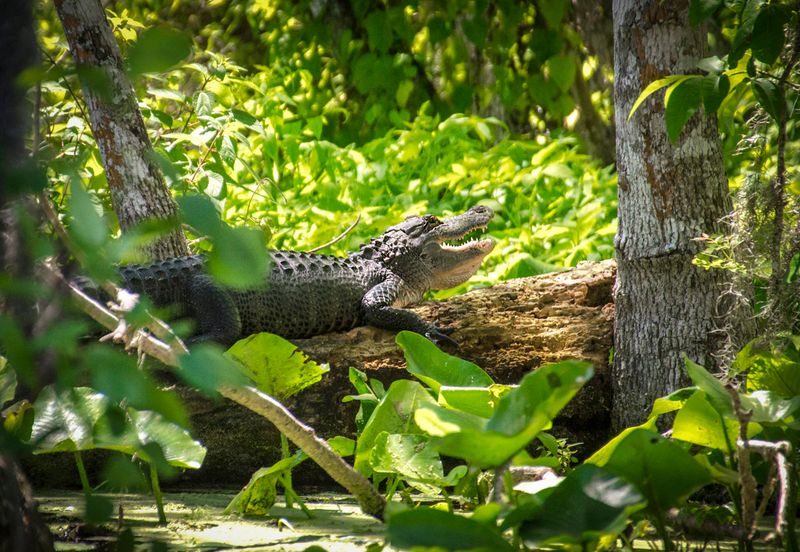
Black Creek is another hotspot for crocodiles in Florida. Its serene waters and abundant prey make it a favored locale. The creek’s natural beauty attracts nature enthusiasts year-round.
Crocodiles are often seen gliding through the creek or resting along its banks. The area’s management practices focus on habitat preservation.
Educational signage is placed throughout, helping visitors understand the importance of crocodiles in this ecosystem. Respecting wildlife guidelines ensures a safe and enriching experience for all.
Caloosahatchee River, Florida
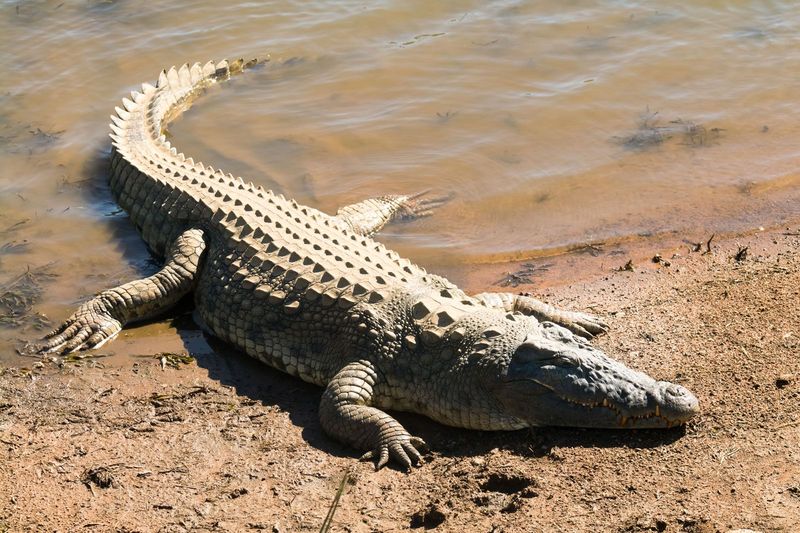
The Caloosahatchee River’s warm waters are ideal for crocodiles. The river’s flow and surrounding wetlands provide a rich environment. This river is a natural corridor connecting different wildlife habitats.
Crocodiles here are indicators of a healthy ecosystem, thriving alongside various bird species. The river’s health is closely monitored by environmental agencies.
Visitors can enjoy scenic boat tours, observing wildlife in its natural setting. Maintaining the river’s cleanliness is vital for sustaining its biodiversity.
St. Johns River, Florida
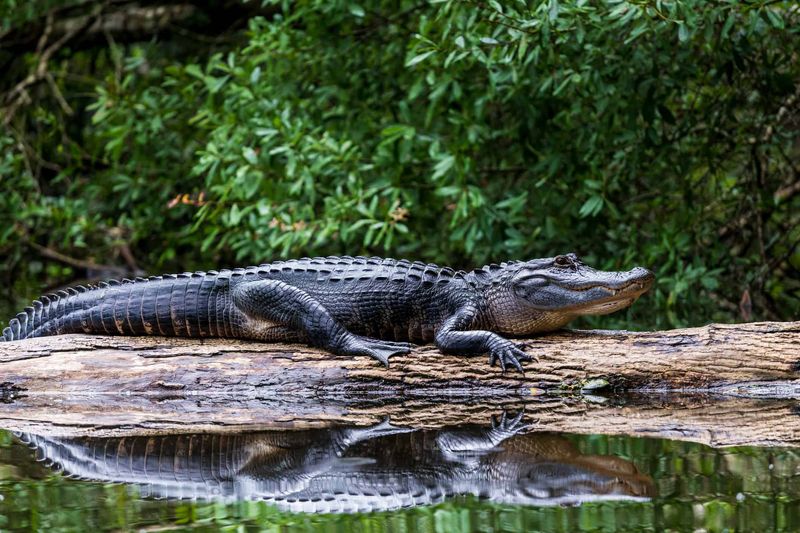
The St. Johns River is a key habitat for crocodiles in Florida. Its extensive network of tributaries supports a diverse array of wildlife. Crocodiles are commonly sighted along its banks, enjoying the warm climate.
This river plays a crucial role in Florida’s ecology, acting as a seasonal refuge for many species. Conservation efforts focus on maintaining water quality and habitat integrity.
Exploring the St. Johns River offers a chance to witness the dynamic interplay of nature, with crocodiles being a spectacular highlight.
Loxahatchee River, Florida
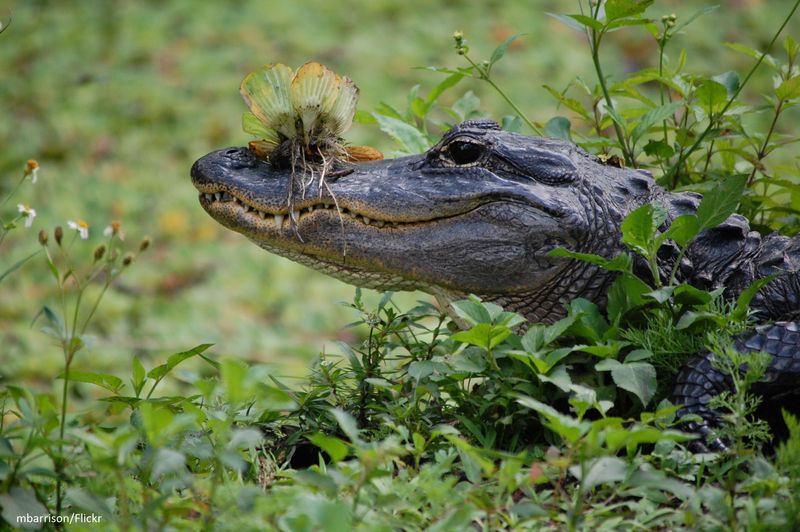
The Loxahatchee River is one of the last remaining natural rivers in Florida, boasting a significant crocodile presence. Its pristine waters and lush vegetation create a perfect ecosystem.
Conservation programs have been pivotal in preserving this natural wonder. The river’s health is essential for sustaining its wildlife populations.
Visitors are encouraged to explore responsibly, minimizing impact on the delicate habitats. Canoeing through the river offers a unique perspective on the life of these ancient reptiles.
Big Cypress National Preserve
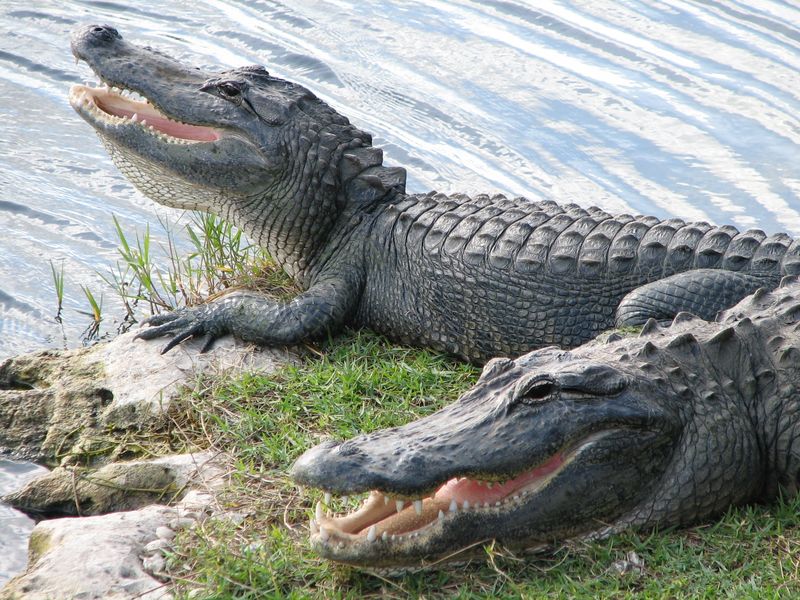
Big Cypress National Preserve offers a unique landscape for crocodiles to thrive. The preserve’s blend of swampland and forested areas provides ample cover.
Crocodiles find sanctuary in the preserve’s diverse habitats, coexisting with a wide range of species. Conservation efforts focus on protecting these environments from human encroachment.
Guided tours provide insights into the preserve’s ecology and the importance of crocodile conservation. Visitors should adhere to guidelines, ensuring the continued well-being of the wildlife.
Turner River, Florida
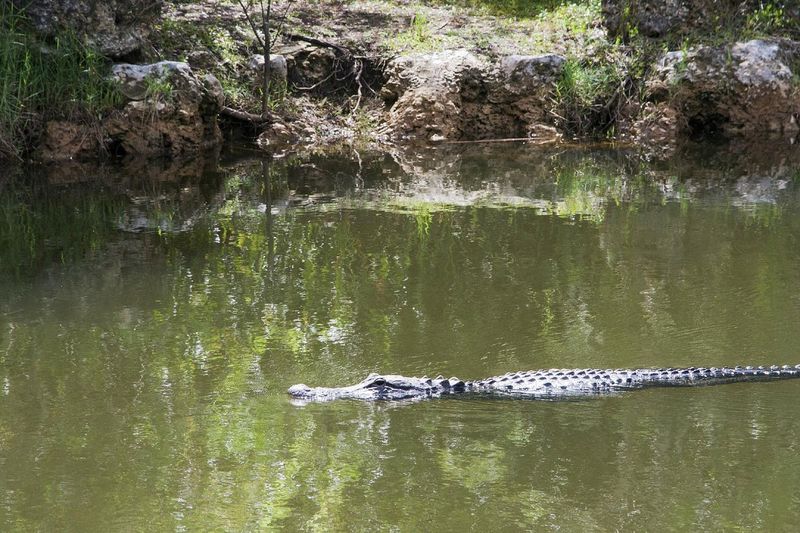
The Turner River is a hidden gem in Florida, known for its crocodile populations. The river’s calm waters and abundant food sources attract these reptiles.
Efforts to protect and study the crocodile populations here are ongoing. The river’s rich biodiversity includes numerous fish and bird species, supporting a balanced ecosystem.
Visitors are advised to explore with caution, ensuring a minimal impact on the natural surroundings. The Turner River offers a glimpse into a pristine habitat, showcasing the beauty of wildlife.
Estero Bay, Florida
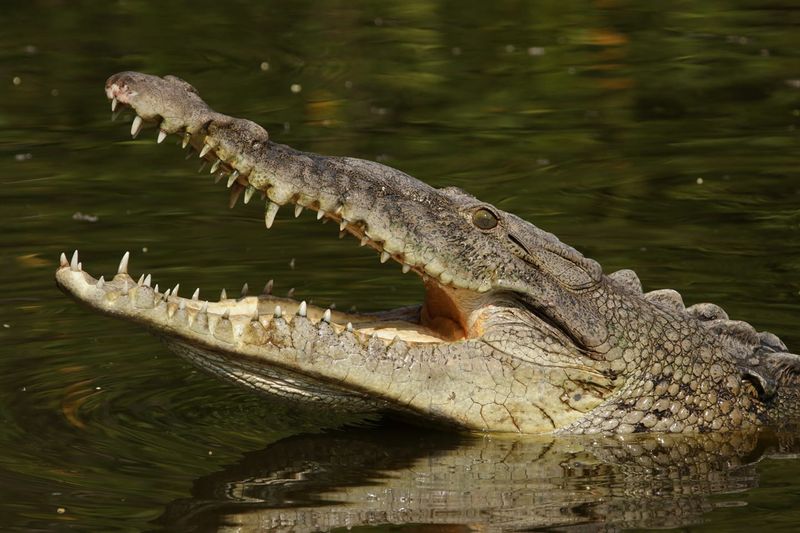
Estero Bay is renowned for its wildlife diversity, including a thriving crocodile population. The bay’s complex system of mangroves and seagrass beds provides essential habitats.
Crocodiles are a vital part of this ecosystem, contributing to its health and stability. Conservation initiatives aim to protect these delicate environments from pollution and human interference.
Kayaking through Estero Bay allows for an intimate view of its natural wonders. Observing crocodiles in their habitat highlights the importance of preserving such unique ecosystems.
Lake Worth Lagoon, Florida
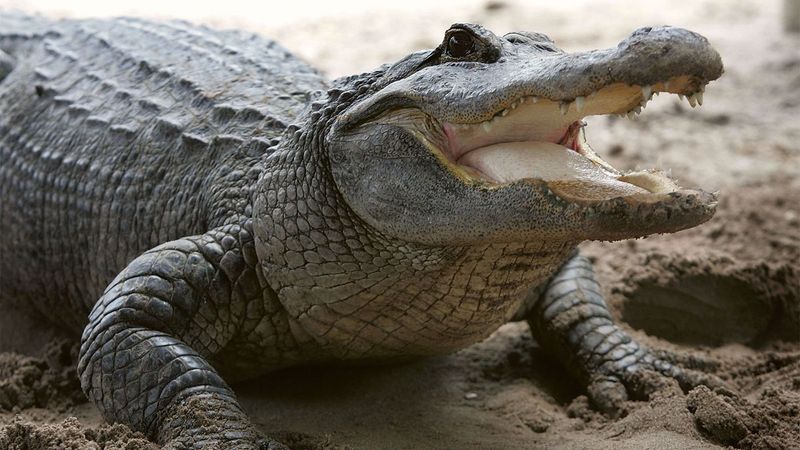
Lake Worth Lagoon is a significant habitat for crocodiles, offering diverse aquatic environments. The lagoon’s restoration projects have enhanced its ecological value.
Crocodiles thrive here due to abundant prey and suitable nesting areas. Environmental education programs emphasize the importance of the lagoon’s preservation.
Visitors can explore the lagoon’s beauty through guided tours and recreational activities. Protecting this habitat ensures the survival of its crocodile populations and other wildlife.
Charlotte Harbor, Florida
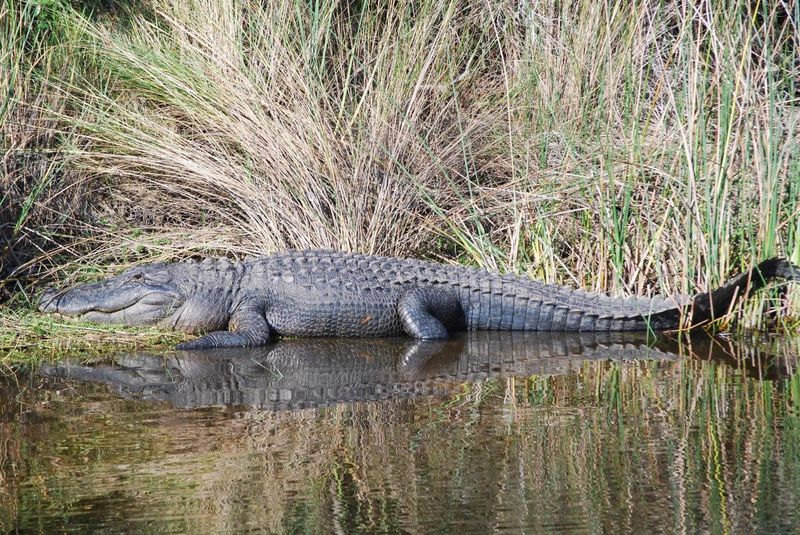
Charlotte Harbor is a vital sanctuary for crocodiles in Florida. The harbor’s rich waters provide nourishment and shelter. Its mangrove-lined shores are ideal for nesting and basking.
The harbor’s biodiversity includes numerous fish and bird species, supporting a healthy ecosystem. Conservation efforts focus on pollution control and habitat preservation.
Recreational activities such as boating and fishing offer opportunities to appreciate the harbor’s natural beauty. Observing crocodiles in Charlotte Harbor is a reminder of the delicate balance within these ecosystems.
Sanibel Island, Florida
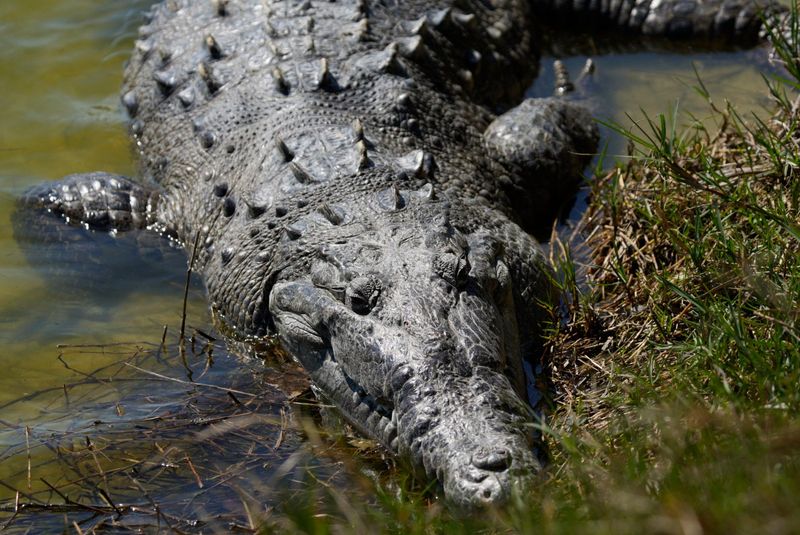
Sanibel Island’s coastal waters are home to a significant crocodile population. The island’s conservation efforts have been successful in maintaining its natural habitats.
Crocodiles can often be seen along the shoreline, enjoying the warm sun. The island’s diverse ecosystems support a wide range of wildlife.
Visitors are encouraged to respect the island’s natural beauty, adhering to guidelines to protect its environments. Experiencing the wildlife on Sanibel Island is a unique opportunity to connect with nature.
Ponce de Leon Bay, Florida
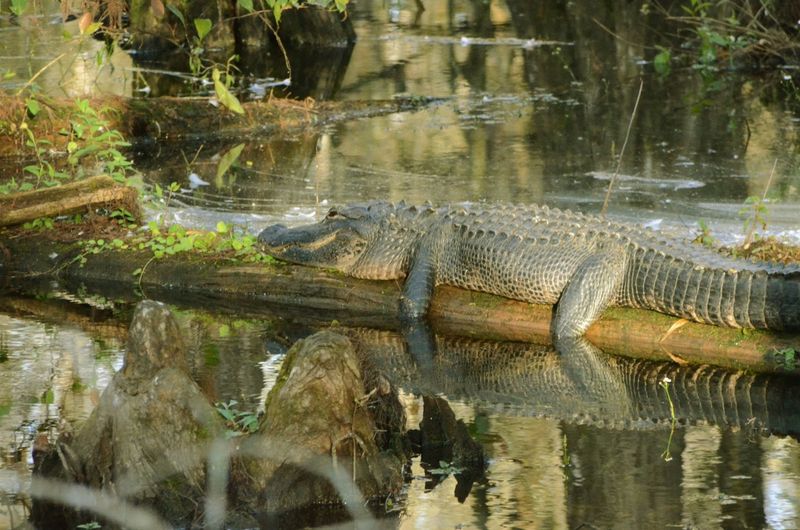
Ponce de Leon Bay is a lesser-known gem with a prominent crocodile population. The bay’s secluded location offers a peaceful habitat free from human disruption.
Crocodiles thrive in the bay’s rich ecosystems, which are supported by healthy mangroves and abundant fish. Conservation is key to maintaining this balance.
Kayaking through Ponce de Leon Bay provides a close-up experience of its pristine beauty. Observing crocodiles in such untouched environments is a rare and rewarding experience.
Hillsborough River, Florida
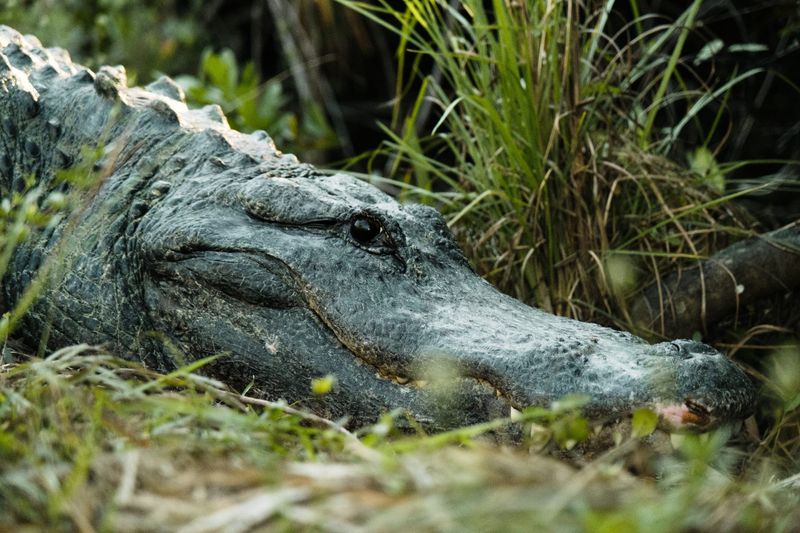
The Hillsborough River’s waters are a habitat for crocodiles, offering a blend of urban and natural landscapes. The river’s health is vital for sustaining its wildlife populations.
Urban development poses challenges, but conservation efforts continue to protect these habitats. The river’s ecological value includes providing a home for numerous species.
Visitors can enjoy scenic walks along the river, observing its diverse wildlife. Maintaining the river’s integrity is essential for supporting its crocodile populations.
Apalachicola River, Florida

The Apalachicola River is a crucial ecosystem for crocodiles in northern Florida. Its vast floodplain and diverse habitats support rich biodiversity.
Crocodiles find refuge in the river’s calm waters, benefiting from its abundant food sources. Conservation initiatives focus on protecting water quality and natural habitats.
Exploring the Apalachicola River offers insights into a thriving ecosystem. Visitors are encouraged to respect wildlife and follow guidelines to preserve this natural wonder.
Peace River, Florida

The Peace River’s tranquil waters are home to a significant crocodile population. The river’s natural beauty attracts many nature enthusiasts.
Crocodiles are often seen basking on the riverbanks, benefiting from the plentiful food sources. Conservation efforts aim to protect their habitats from development pressures.
Visitors can enjoy kayaking and canoeing, experiencing the river’s serene environment. Protecting the Peace River ensures a safe haven for its crocodile populations and other wildlife.
Lake Okeechobee, Florida

Lake Okeechobee is a major habitat for crocodiles, offering vast waters and rich ecosystems. The lake’s health is essential for supporting its diverse wildlife.
Crocodiles thrive here due to ample food sources and suitable nesting areas. Conservation programs focus on maintaining water quality and ecological balance.
Visitors can explore the lake’s beauty through guided tours and recreational activities. Ensuring the lake’s preservation is crucial for sustaining its crocodile populations.
Florida Bay
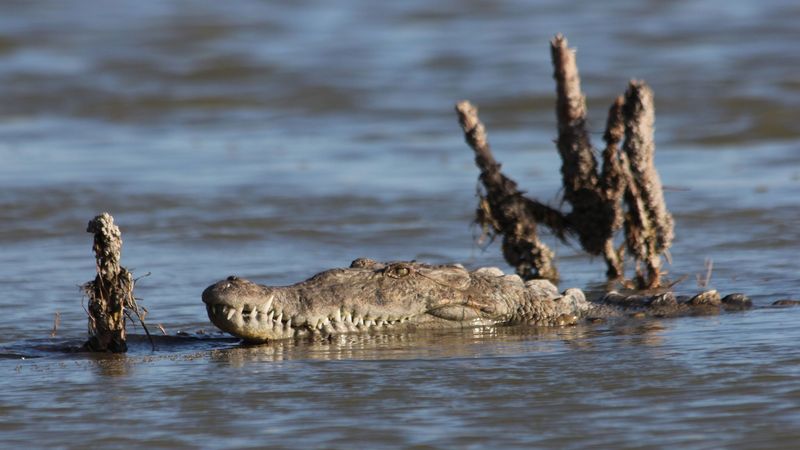
Florida Bay’s expansive waters are home to abundant crocodile populations. The bay’s diverse habitats, including mangroves and seagrass beds, provide ample resources.
Crocodiles are a vital part of this ecosystem, contributing to its balance and health. Conservation efforts focus on protecting these environments from human impacts.
Visitors are encouraged to explore Florida Bay’s richness responsibly, enjoying its natural beauty. Observing crocodiles here highlights the importance of preserving such vital habitats.
Tamiami Canal, Florida
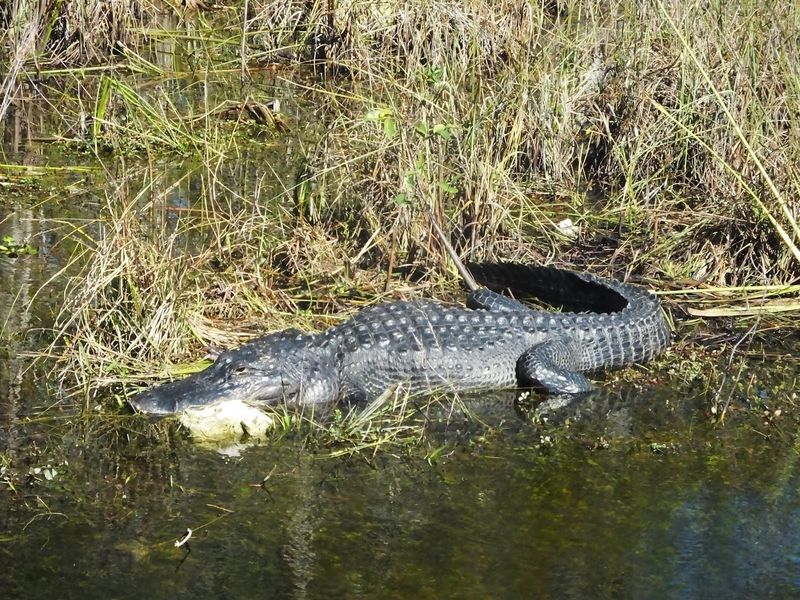
The Tamiami Canal, stretching through Florida, offers a unique habitat for crocodiles. Its waters provide a corridor connecting various ecosystems.
Crocodiles are often seen basking along the canal’s banks, taking advantage of its resources. Conservation initiatives focus on maintaining the canal’s integrity and water quality.
Exploring the Tamiami Canal offers insights into the region’s biodiversity. Visitors are reminded to respect wildlife and adhere to safety guidelines to preserve this vital ecosystem.

